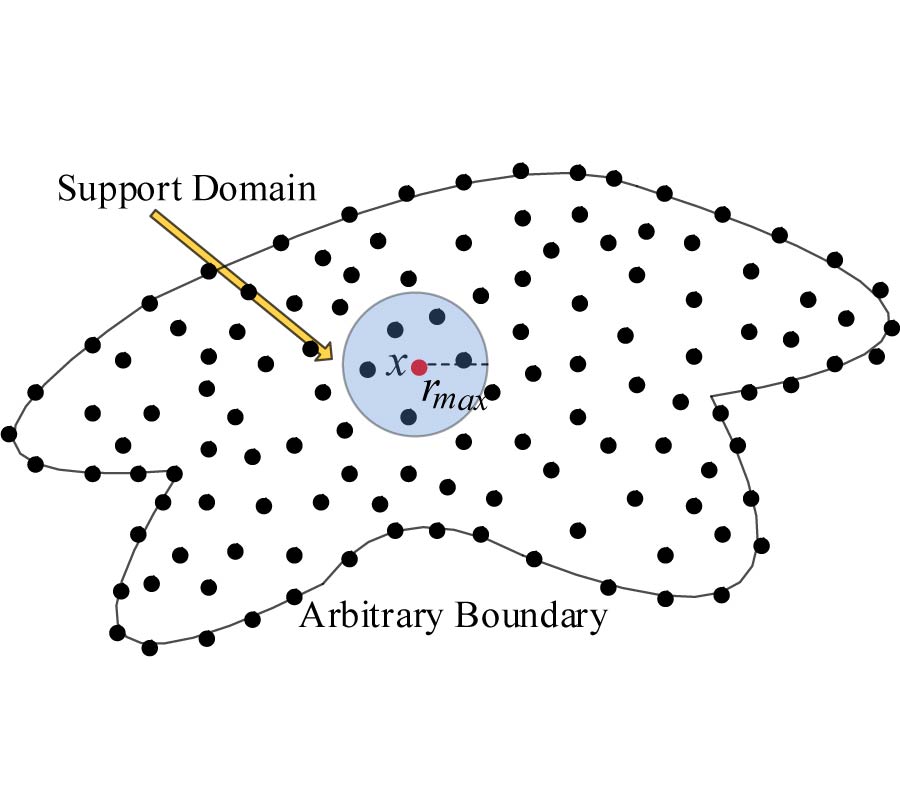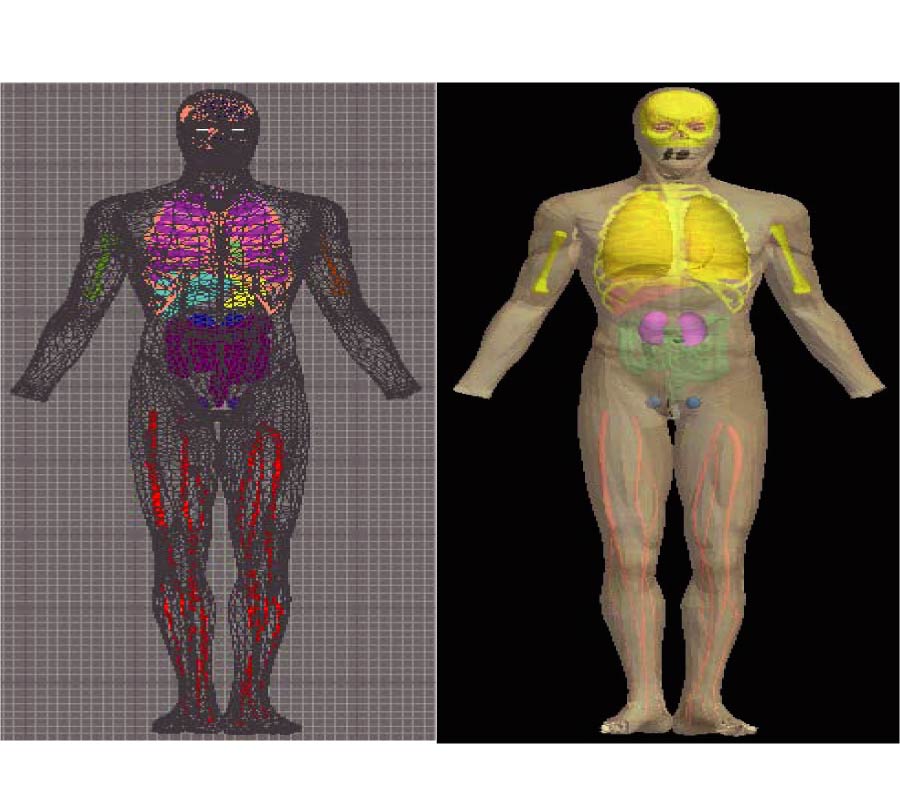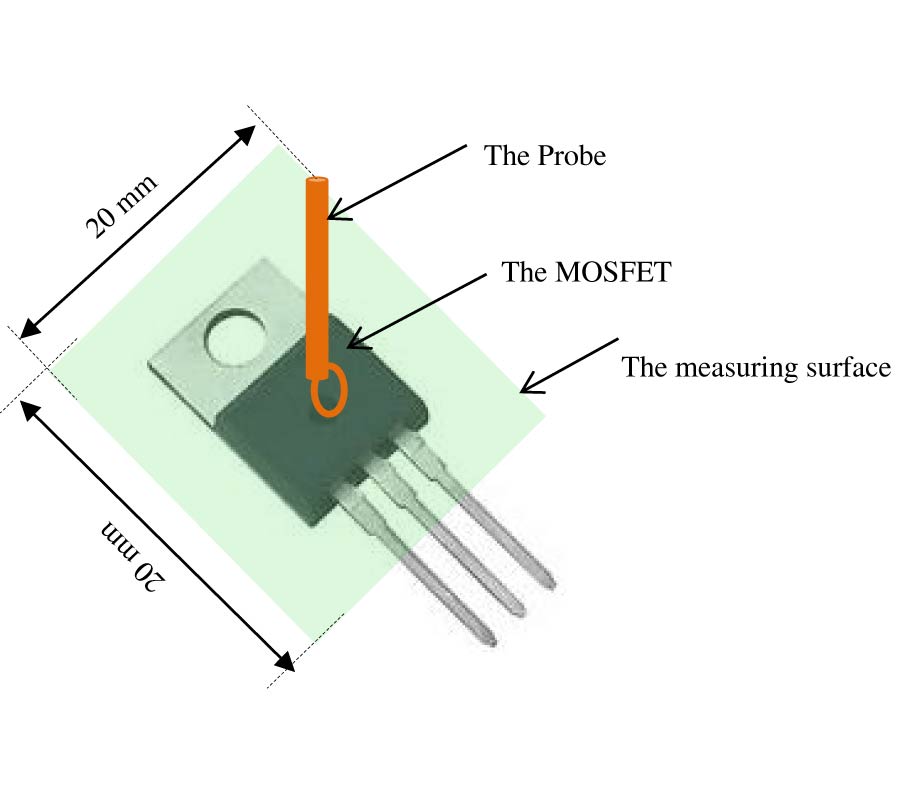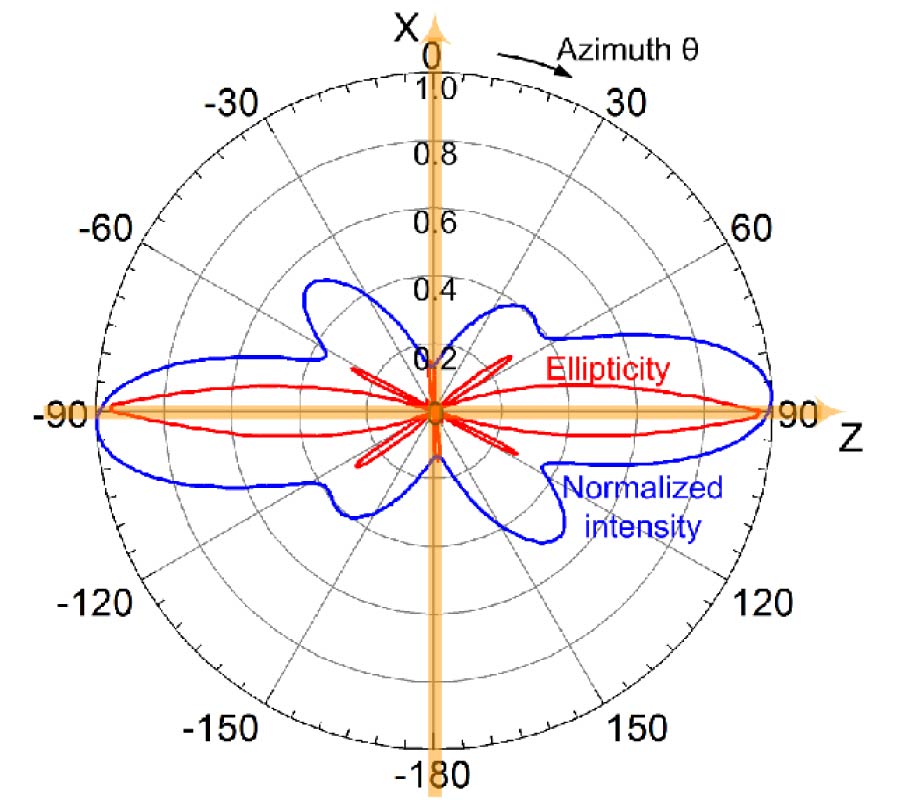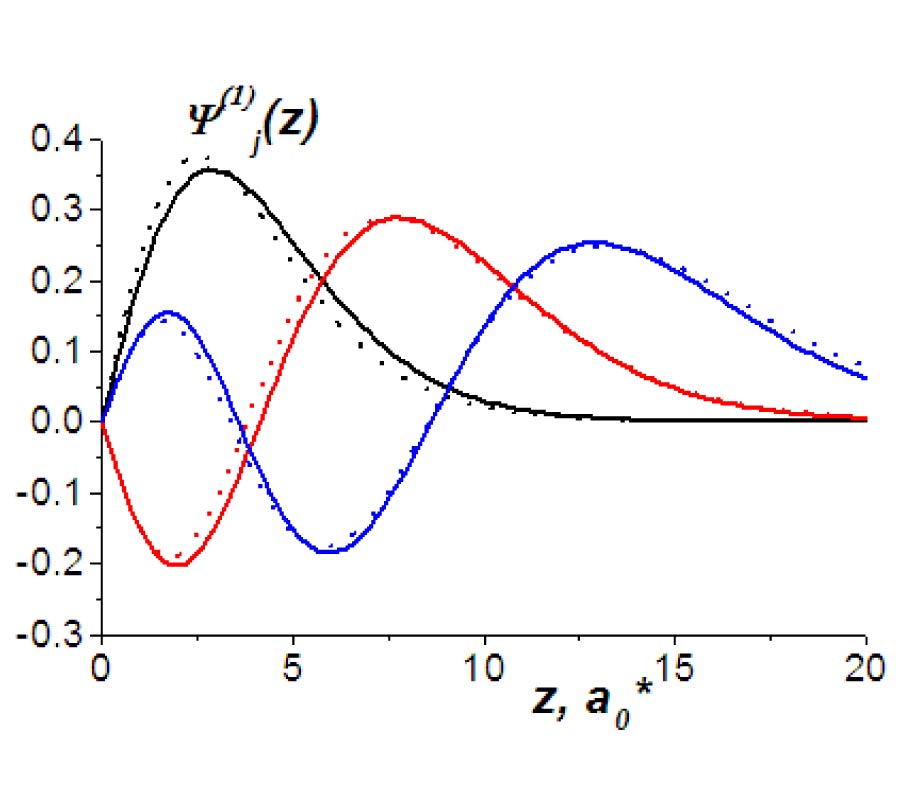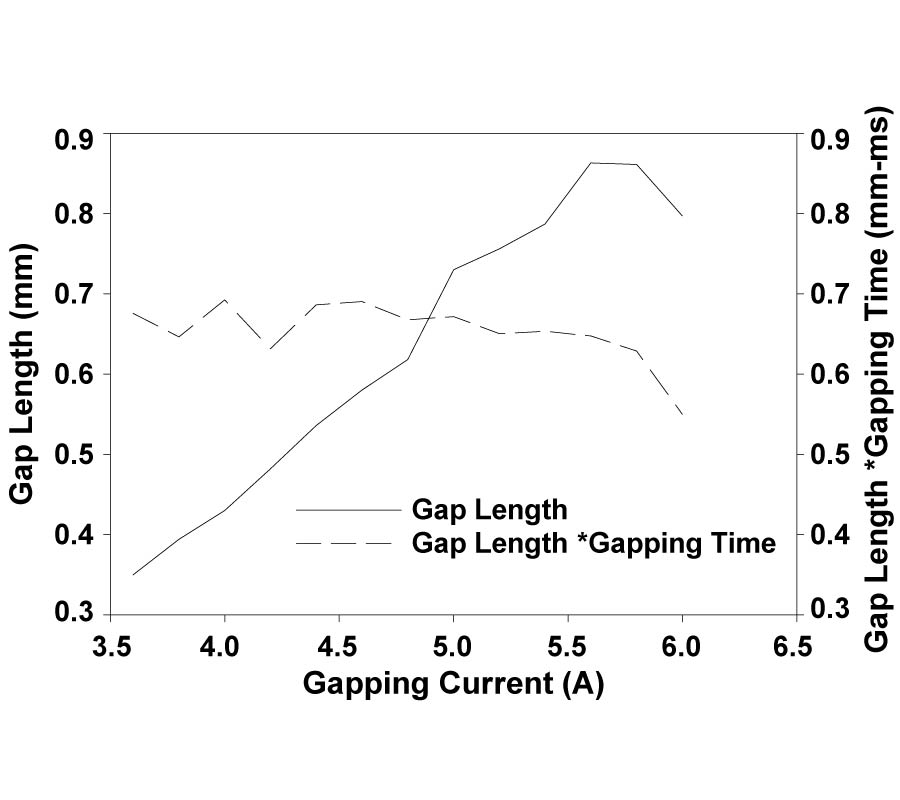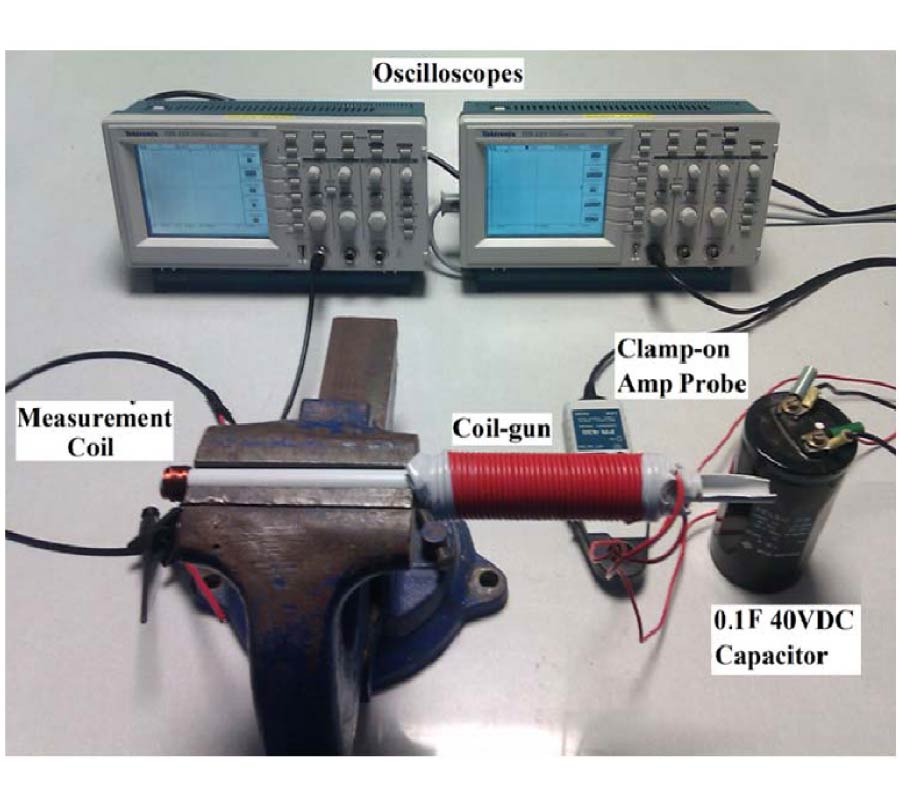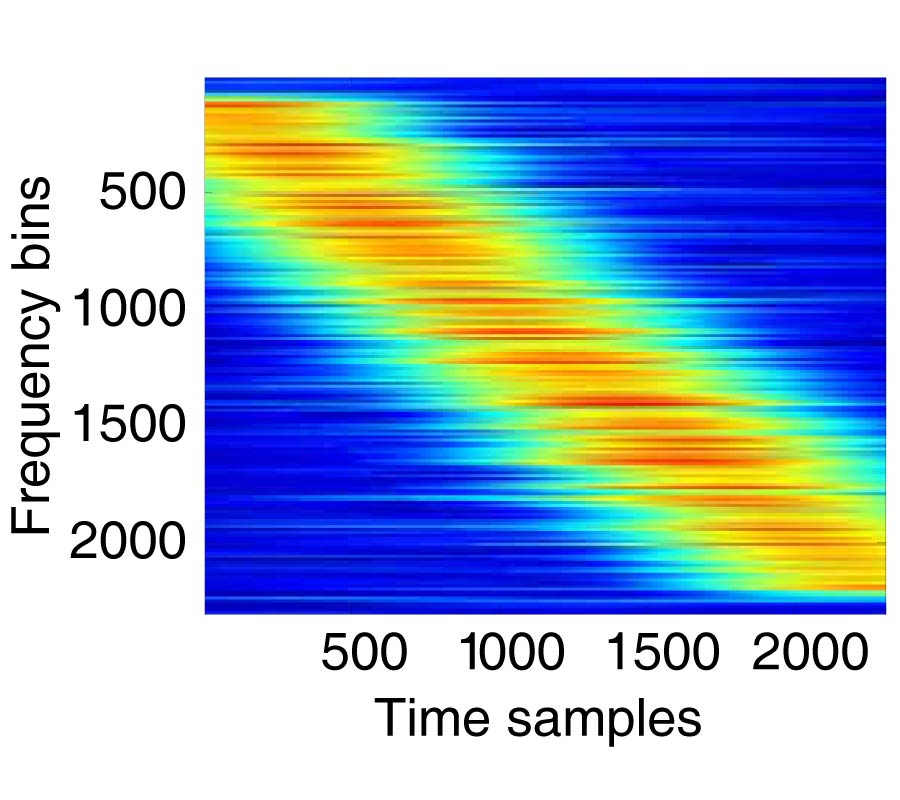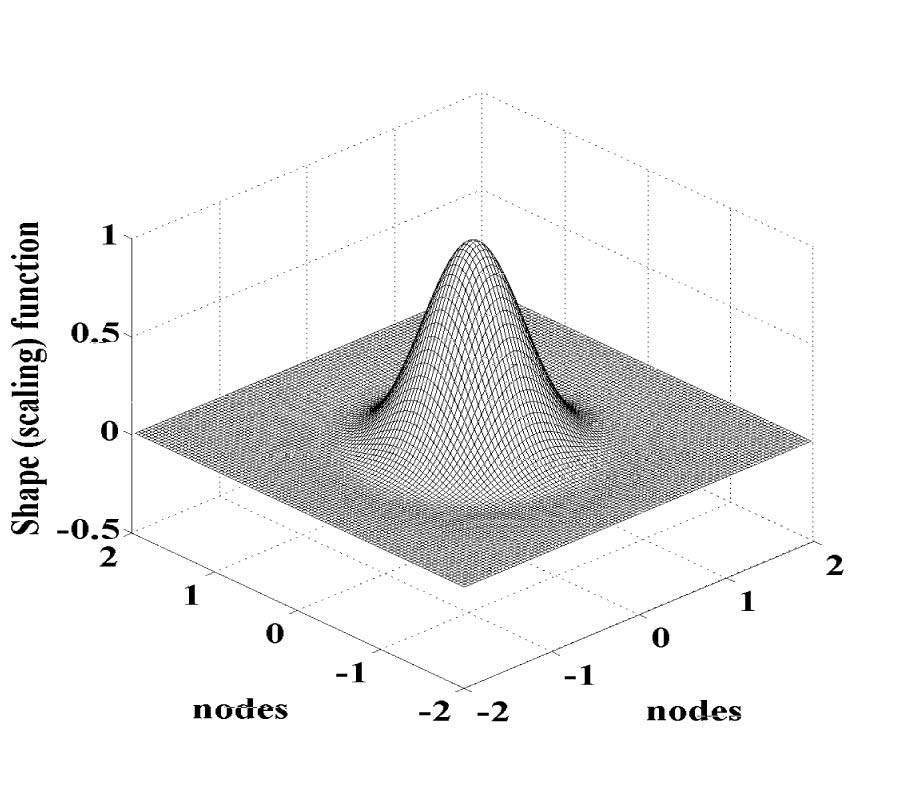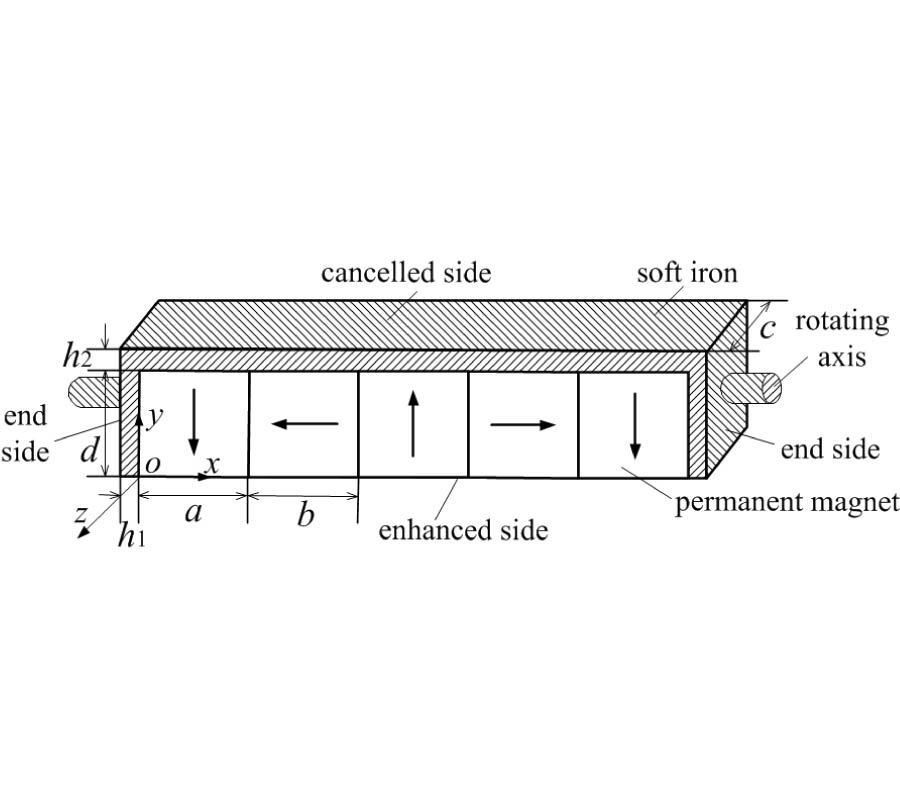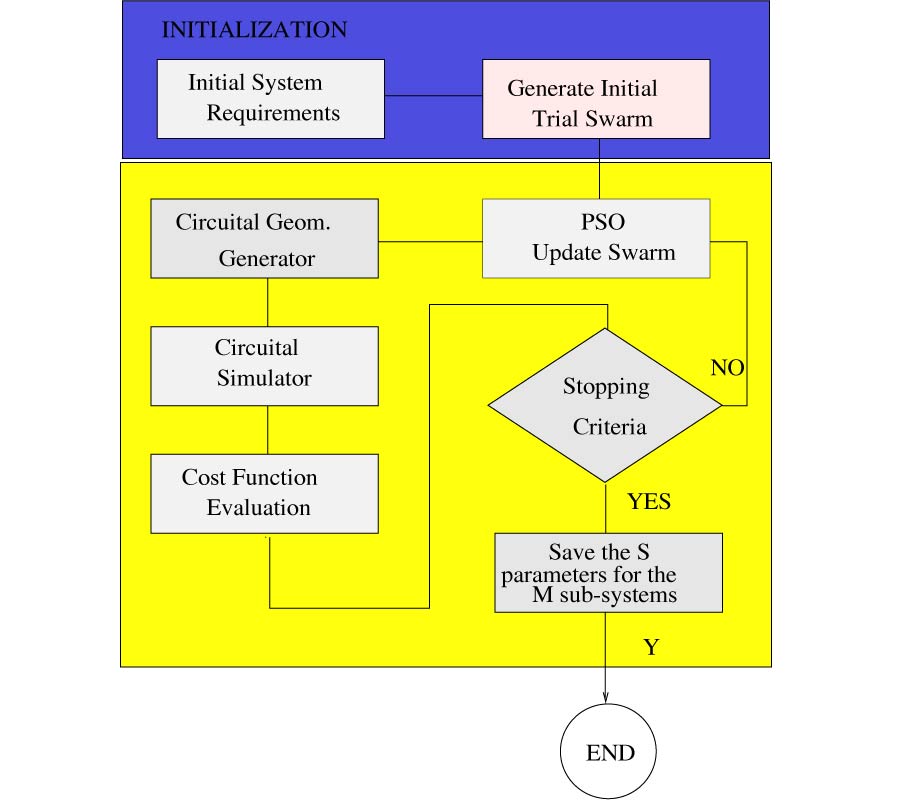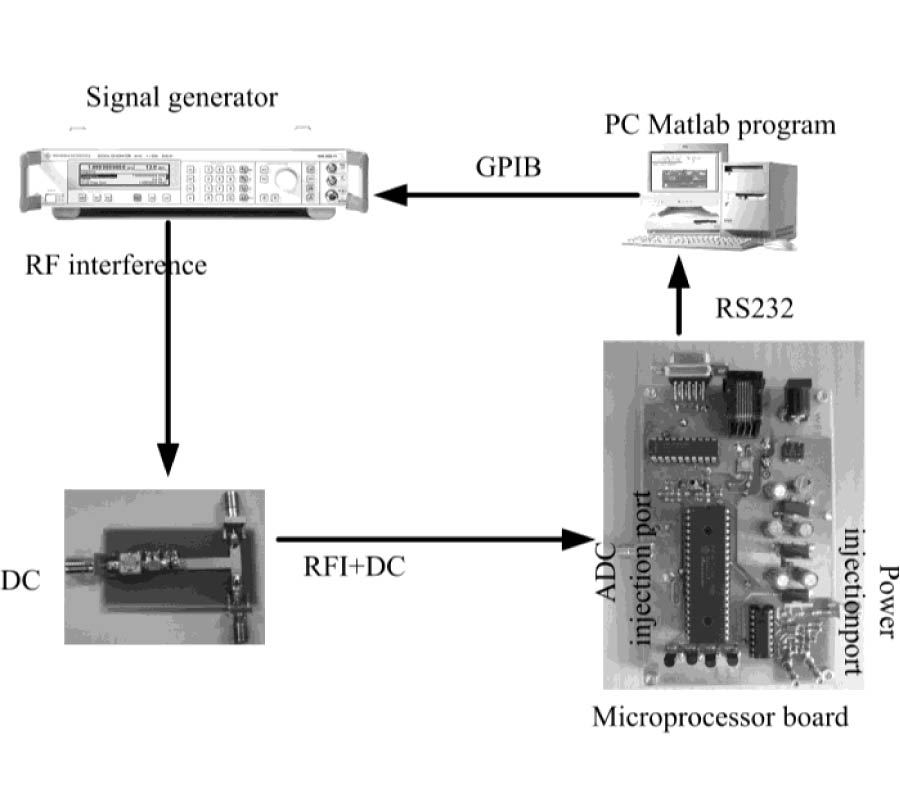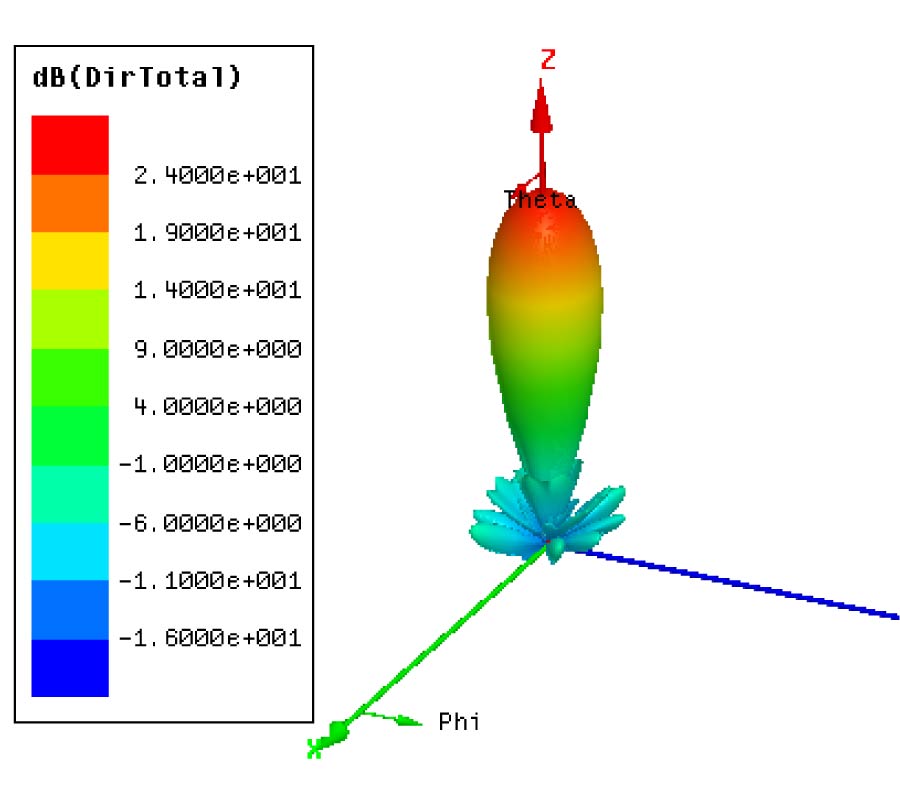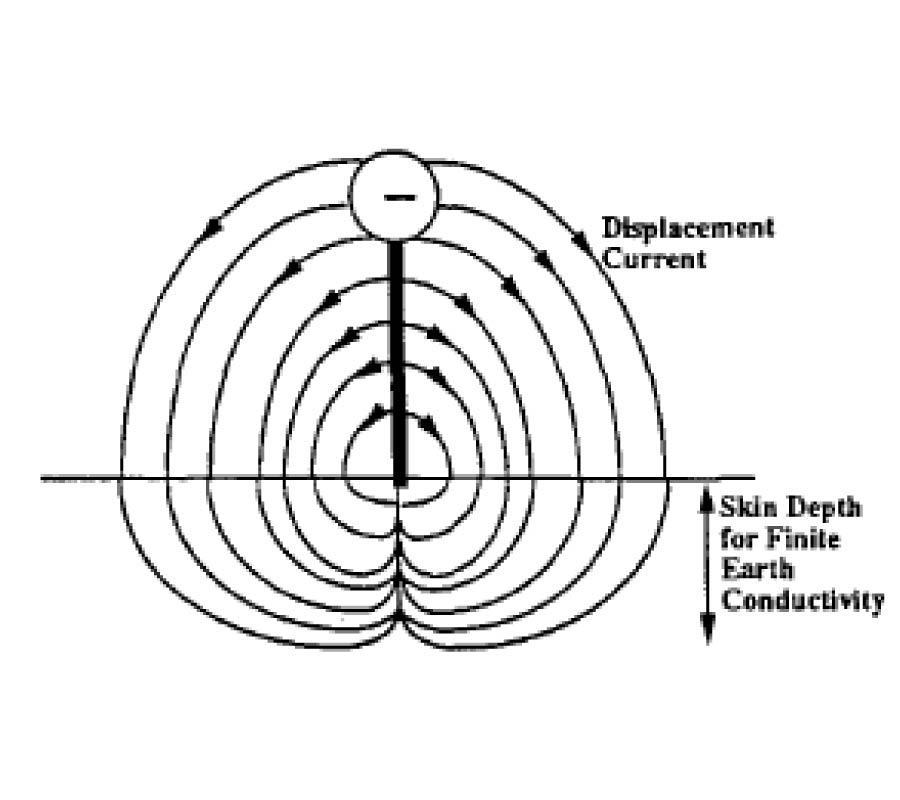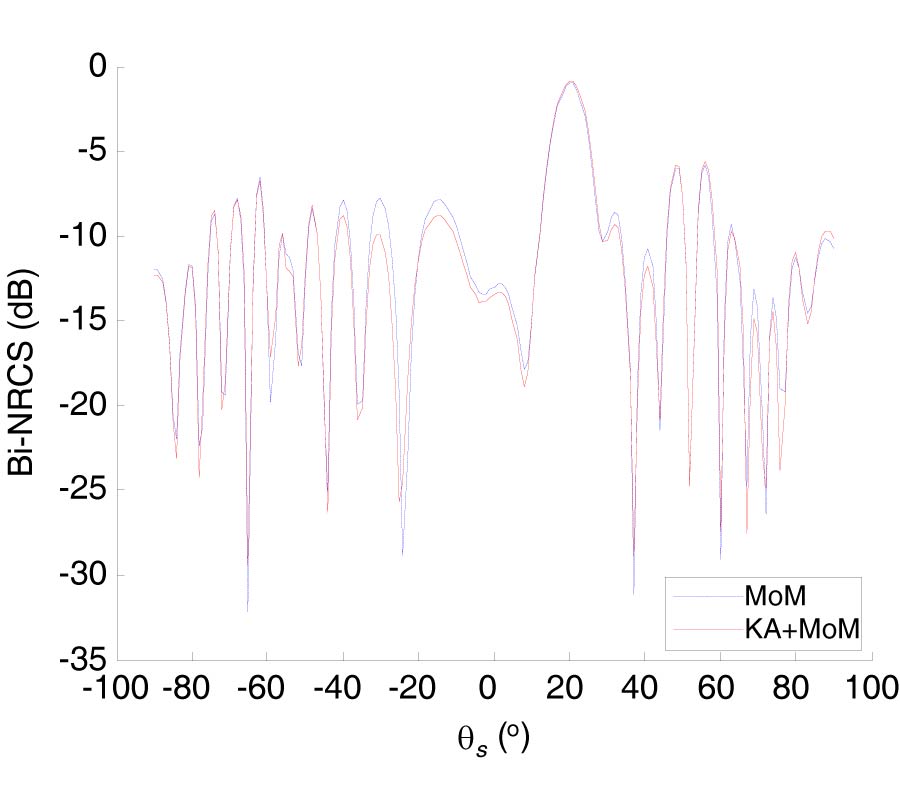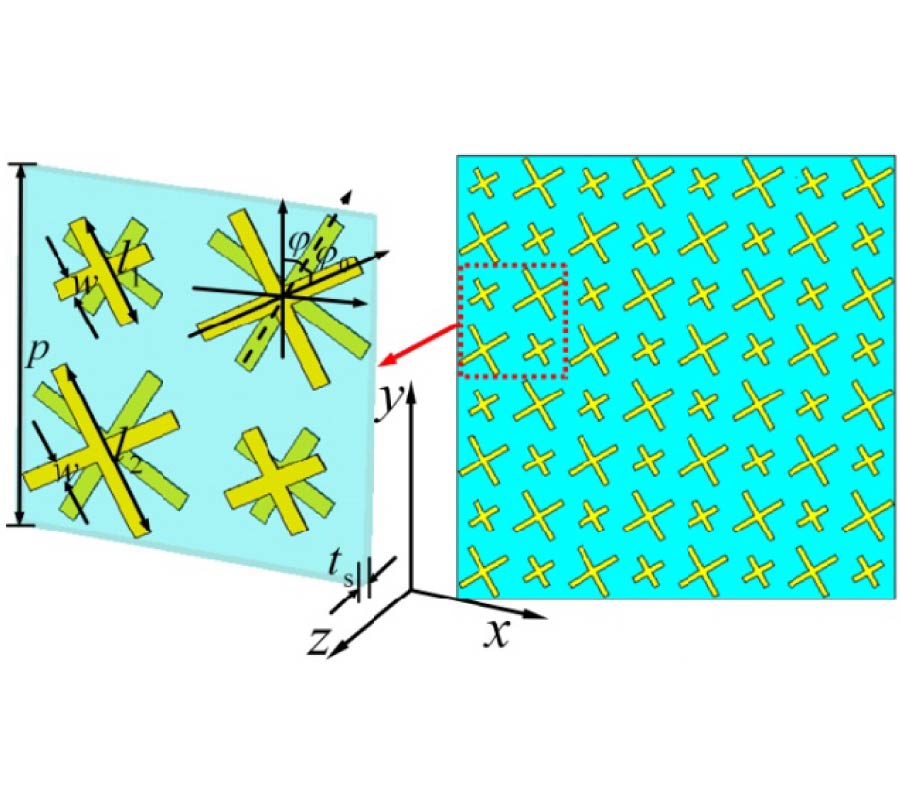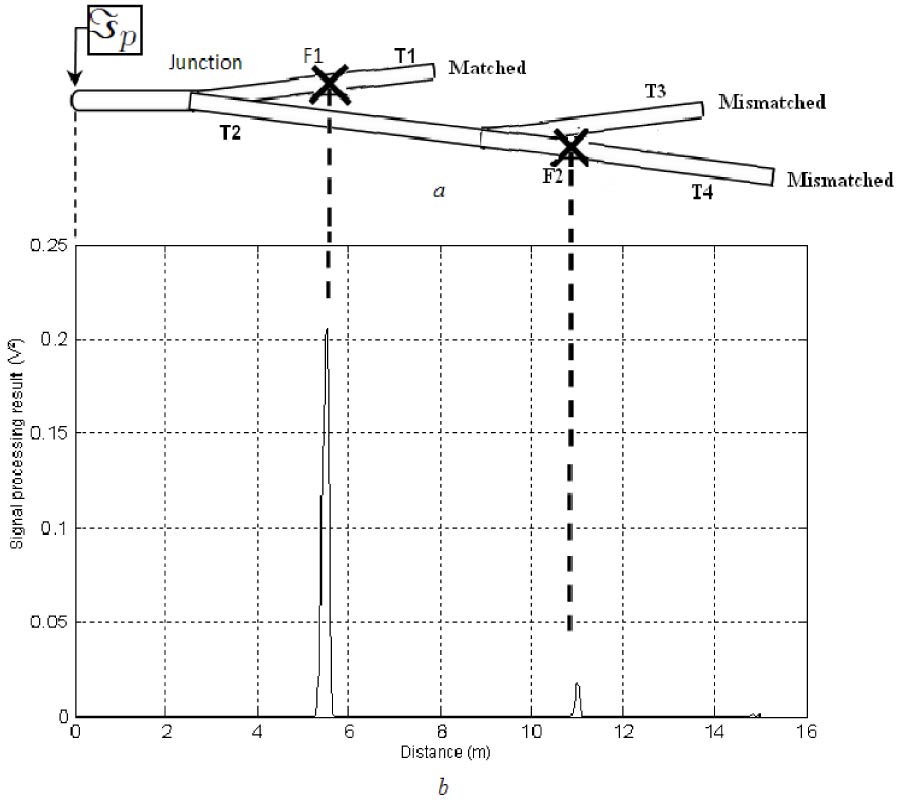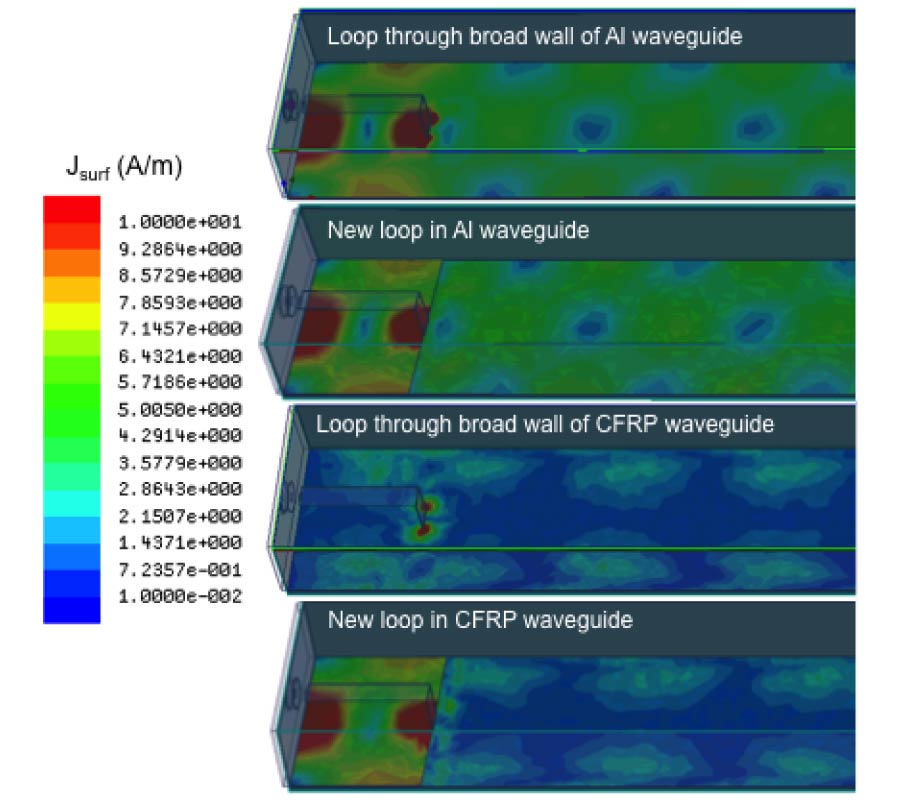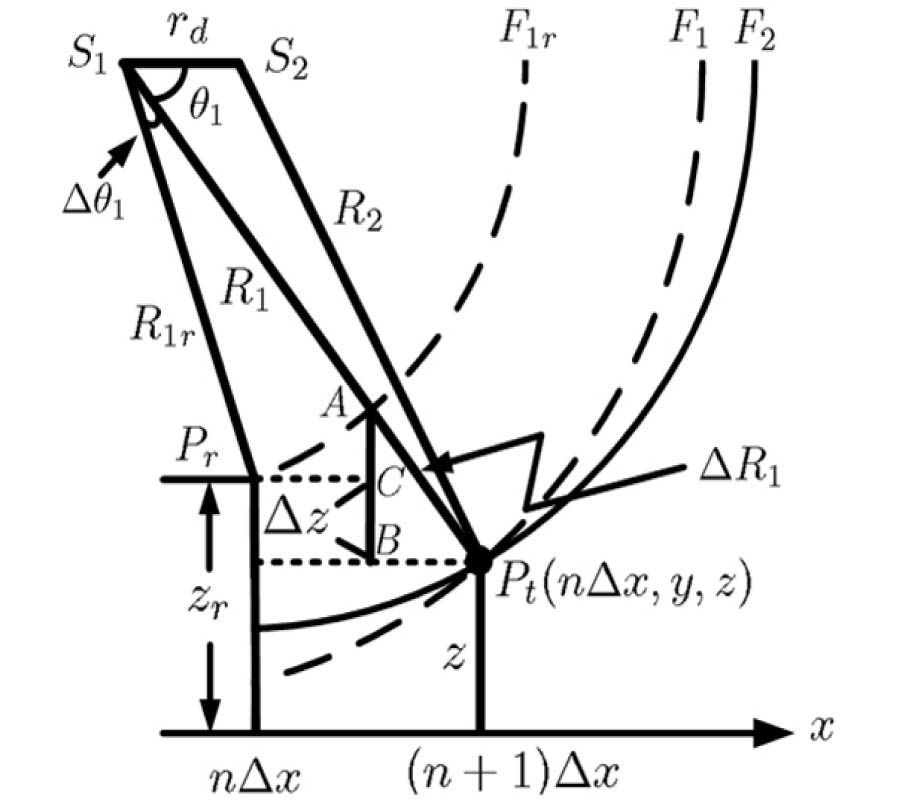Conductor Fusing and Gapping for Bond Wires
Kenneth Chien-Ying Chen,
Larry Kevin Warne,
Yau Tang Lin,
Robert L. Kinzel,
Johnathon D. Huff,
Michael B. McLean,
Mark W. Jenkins and
Brian M. Rutherford
In this paper, fusing of a metallic conductor is studied by judiciously using the solution of the one-dimensional heat equation, resulting in an approximate method for determining the threshold fusing current. The action is defined as an integration of the square of the wire current over time. The burst action (the action required to completely vaporize the material) for an exploding wire is then used to estimate the typical wire gapping action (involving wire fusing), from which gapping time can be estimated for a gapping current greater than a factor of two over the fusing current. The test data are used to determine the gapped length as a function of gapping current and to show, for a limited range, that the gapped length is inversely proportional to gapping time. The gapping length can be used as a signature of the fault current level in microelectronic circuits.
